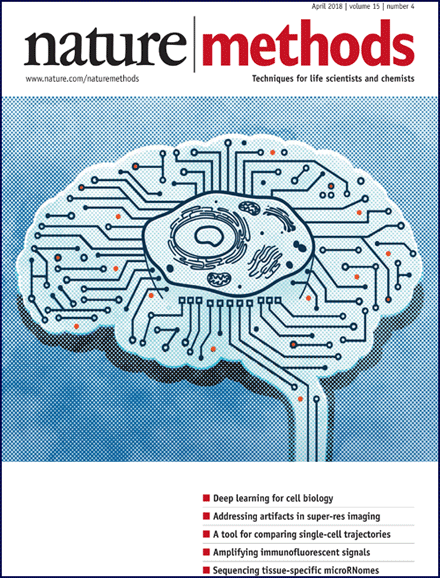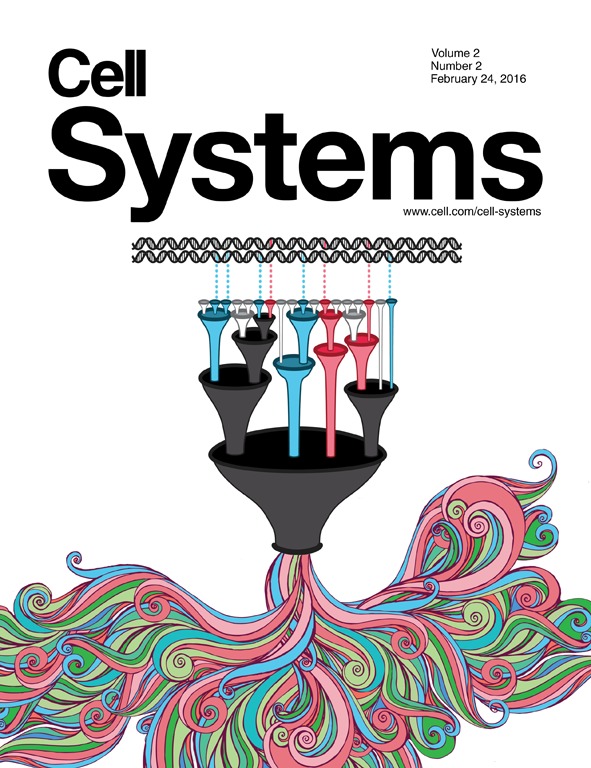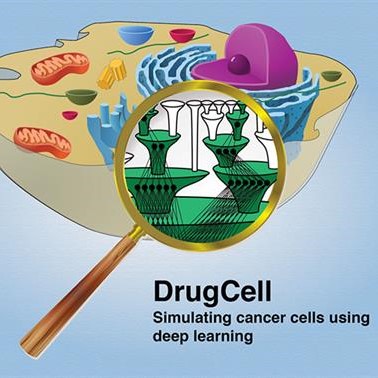In 2018 the Ideker lab introduced a new concept at the intersection of cell biology and machine learning, which we call Visible Neural Networks (VNNs; Ma et al. Methods 2018; Yu et al. Cell 2018). The core idea is to use knowledge of human cell biology (as captured in molecular networks) to guide the architecture of deep neural networks for translation of genotype to phenotype in precision medicine applications. The underlying neural networks are called visible because they are not “black boxes”; rather, their many layers of artificial neurons are directly coupled to the many layers of components and pathways of human cells.

Ma et al. Nature Methods 2018 (Cover)

Yu et al. Cell Systems 2016 (Cover)
In the work by Ma et al., we developed a whole-cell structure/function model called DCell, a deep neural network encoding both the structure and phenotypic growth behavior of a budding yeast cell. In this model, a deep neural network is constructed whose structure is guided by prior knowledge of the cellular hierarchy of processes and components. Each subsystem in the hierarchy is represented by a group of neurons that are restricted in their connectivity, such that these neurons only take input from the neurons of child subsystems and only provide output to the neurons of parent subsystems. This configuration thus treats the cell as a type of information processing system captured mathematically by a neural network. DCell was trained on a large compendium of ~12 million genotype-phenotype measurements in budding yeast, in which each genotype comprised a small combination of deleted genes (typically two). We found that DCell achieves significant gains in accuracy in phenotype prediction relative to earlier approaches. Moreover, unlike standard “black box” neural networks, the simulations performed by DCell are tied to an extensive hierarchy of internal biological subsystems with states that can be queried. This “visible” aspect enables in silico investigations of the molecular mechanisms underlying each genotype-phenotype prediction.

In recent work (Kuenzi, Park et al. Cancer Cell 2020; Ma et al. Nature Cancer 2021) we built a VNN called DrugCell which was able to predict the response of a tumor to a small molecule compound given the tumor’s profile of genetic mutations. We showed that such models not only can make accurate drug response predictions but can also be mechanistically interpreted to reveal pathways in which mutations modulate the drug response. My team is now very excited about the potential of this VNN concept, which has also received strong interest in the cancer and machine learning communities (the recent Kuenzi and Ma papers are presently among the top 5% papers tracked by Altmetric).